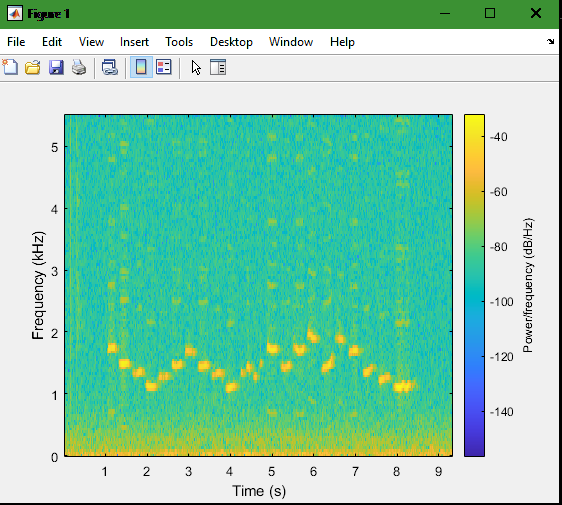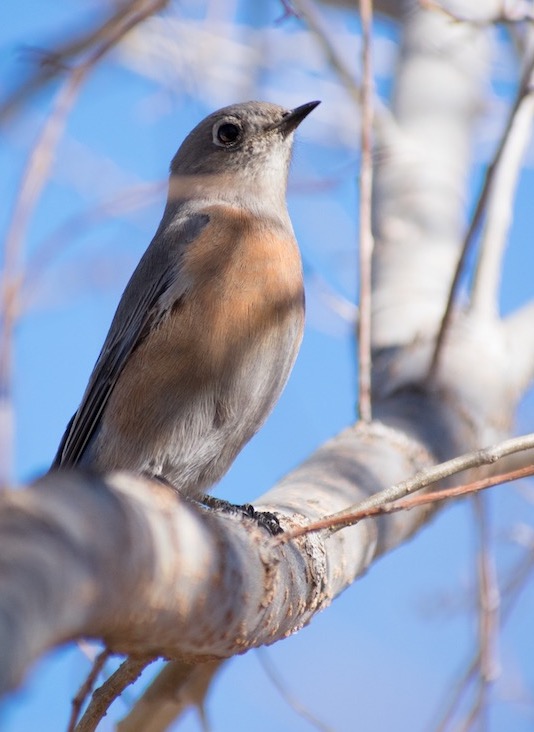What BiVo Does

With BiVo, audio collection starts with sounds in the environment. The sensor’s microphones will record these sounds and perform a basic analysis to determine if they contain bird vocalizations. When bird vocalizations are detected, the sensor will stream its audio to the desktop application. The desktop application will then bring the audio from the sensors into Matlab so users can perform advanced analyses, and will give the user control over the sensor’s settings and functionality.

BiVo's sensors are the heart of the project, and are designed to work on the Thunderboard EFM32GG12.
The Thunderboard development board was chosen for it's powerful and highly energy-efficient processor, its wide availability and low cost, and its ability to easily add additional hardware.
For this version of BiVo, the sensors are designed to simply record audio using its onboard microhones, analyze for bird vocalizations, and stream it to the desktop application over a USB cable.


The accompanying desktop application is designed in MATLAB's GUI Builder, and is built on top of a Python backend for communication and data management with the sensor. The user interacts with the system by giving it the number of seconds to record.
Audio recorded is split into 4 second segments and saved on the user's computer to let the user select segments to play and view the spectrogram.
For more information on our design choices please visit our documents page and view our Software Design Specifications. For more information about the technologies we used to create BiVo, please visit our implementation page.
For more information on our design choices please visit our documents page and view our Software Design Specifications. For more information about the technologies we used to create BiVo, please visit our implementation page.
